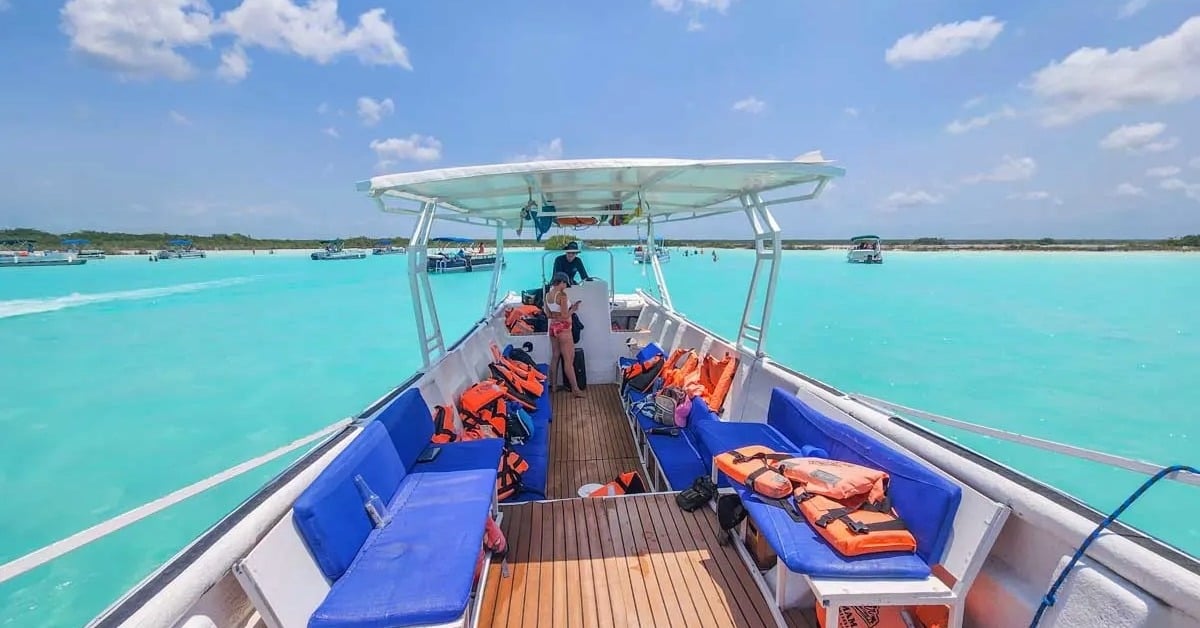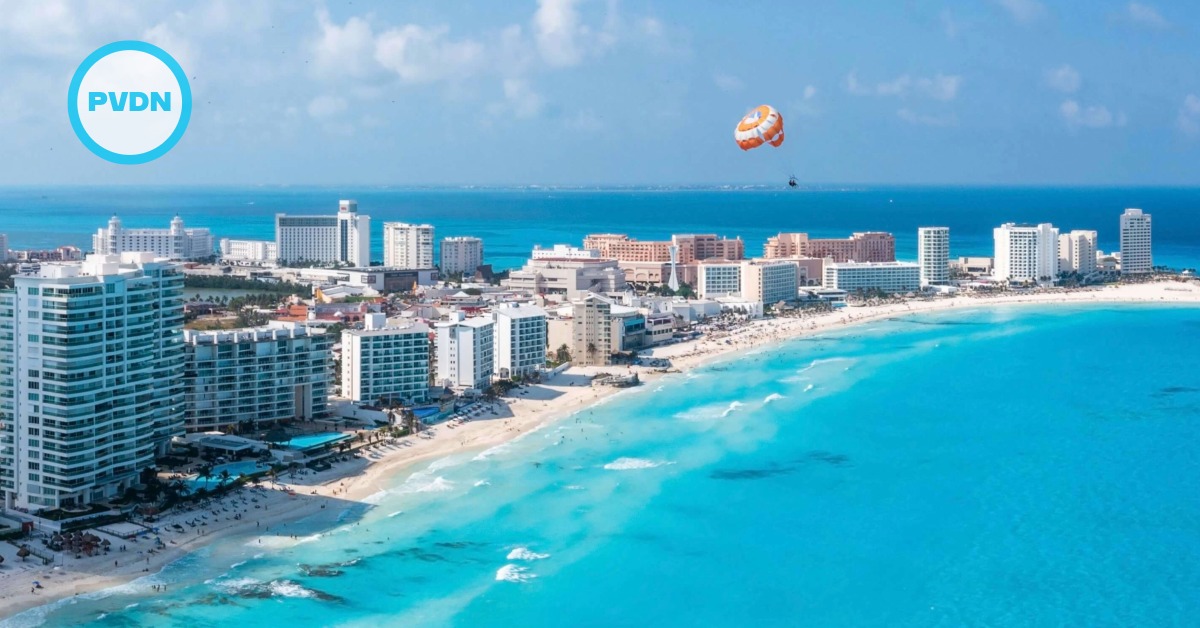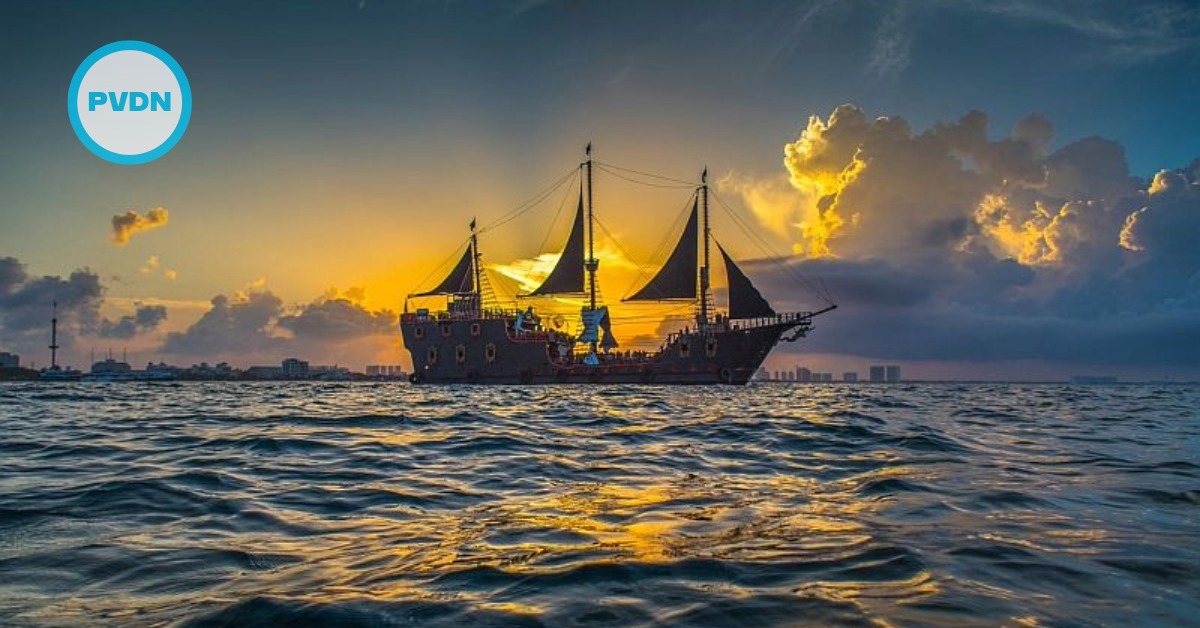Bacalar, Quintana Roo - The new navigation rules for Bacalar Lagoon are being positioned as a technical and socially grounded effort to steer tourism and local economic activity toward sustainability while protecting the lake’s fragile ecosystem. The updated regulations, soon to be published in the Official Gazette of the Federation, assign legal responsibility for implementation, supervision, and oversight to the Port Authority, now operating under the jurisdiction of the Harbor Master’s Office after a recent administrative transfer to the Secretariat of the Navy. The announcement came during a multi-stakeholder meeting held at the . . .






